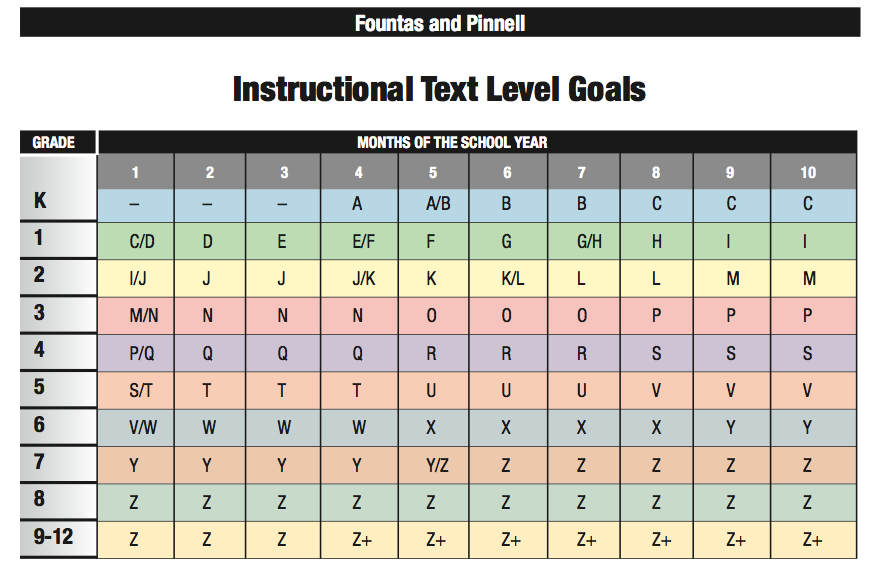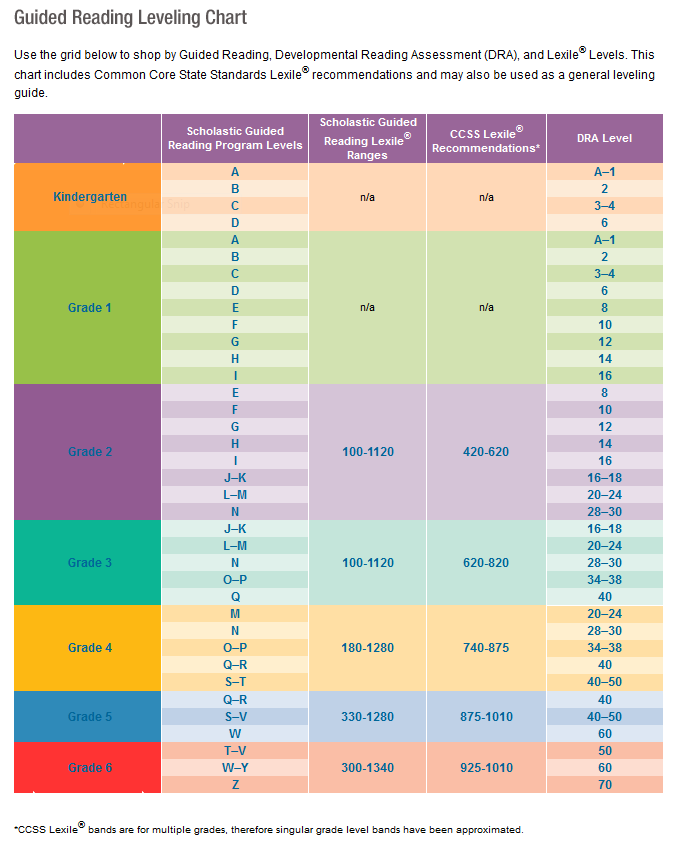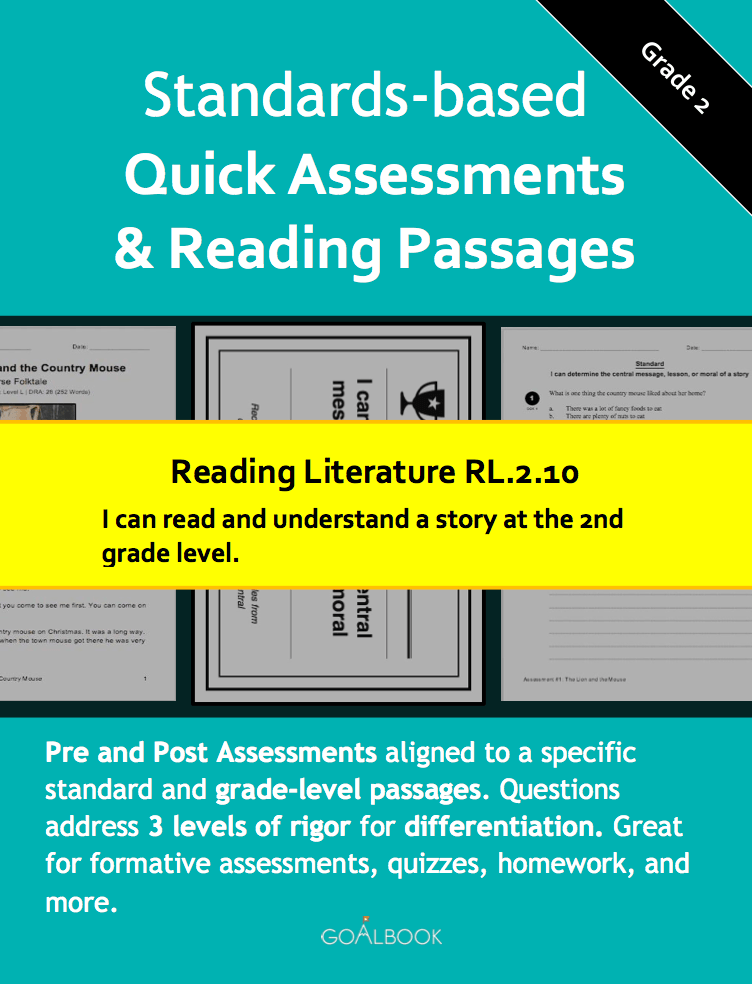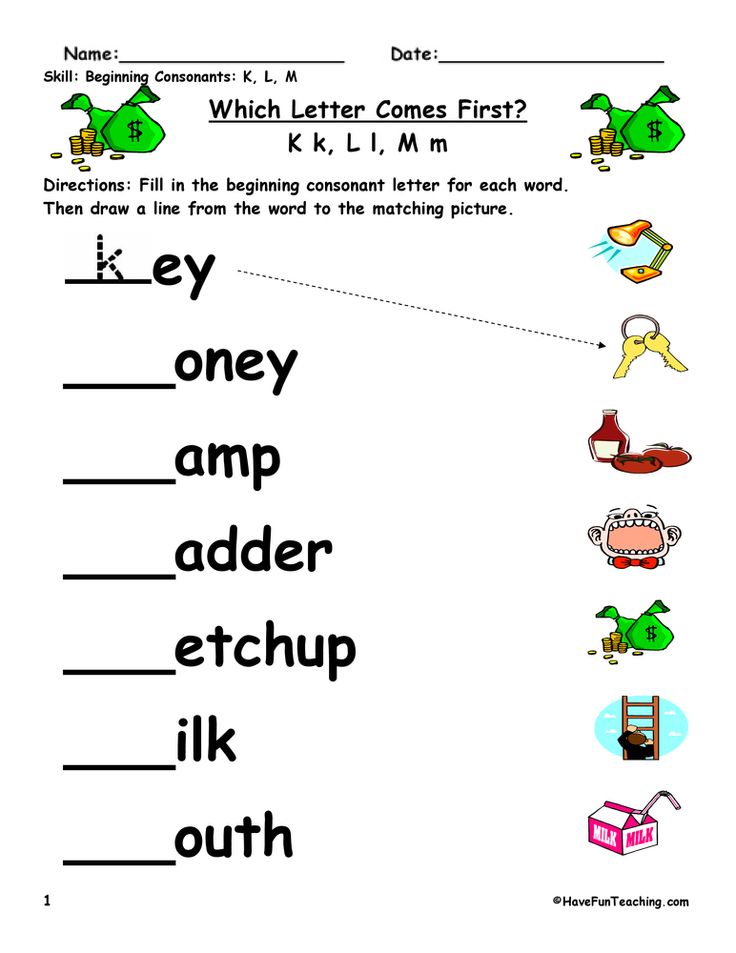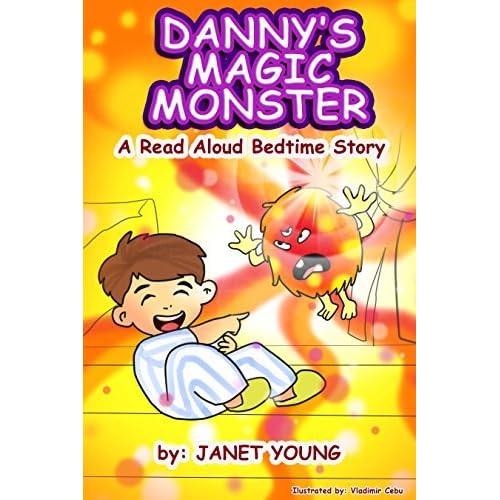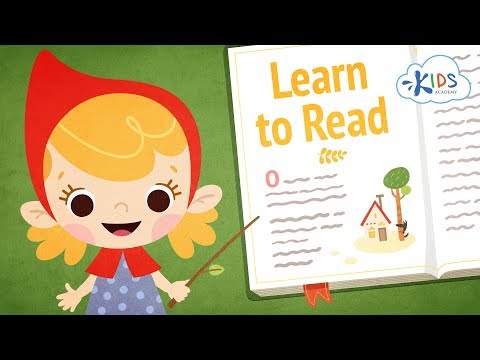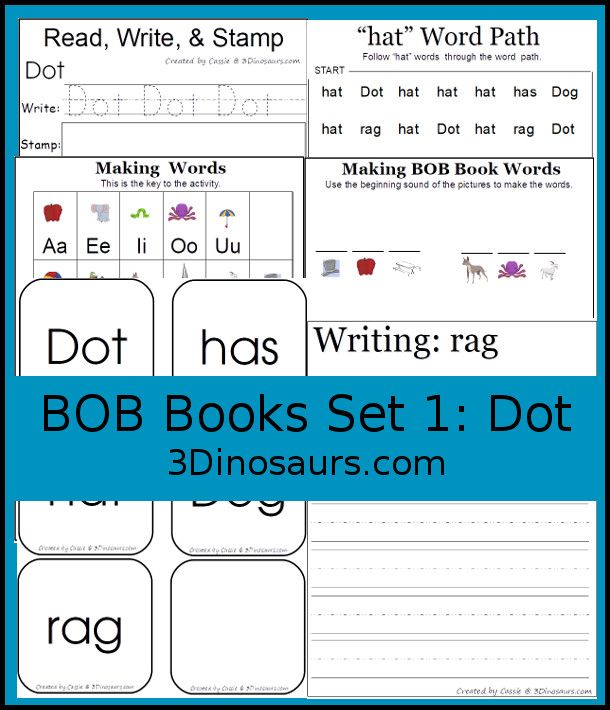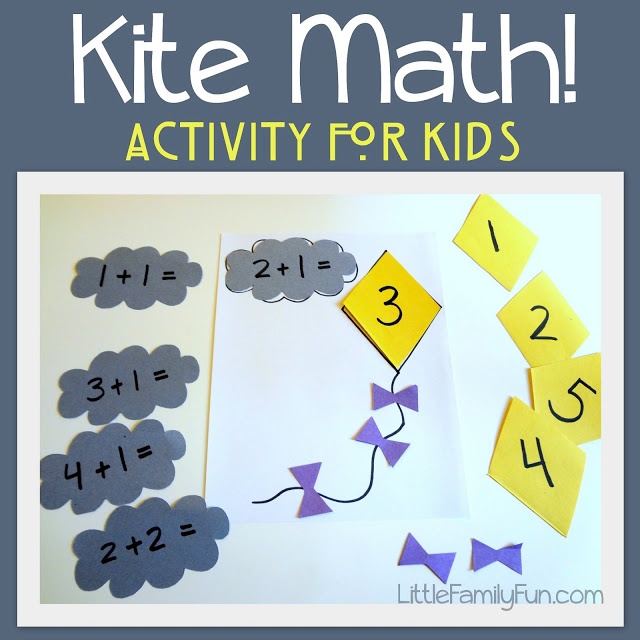Assessing reading level
Assessing a Student's Level | Reading A-Z
Digital
Running Records
on Raz-Plus
With our online running record tool, Raz-Plus or Raz-Kids members can:
- Assign a Benchmark Book from Levels aa-J
- Assign a Benchmark Passage from Levels aa-Z2
- Listen to students' recordings from reading aloud a book or passage.
- Score all student recordings using an online running-record tool.
- Listen to students' recordings of retellings.
- Score retellings using an online rubric.
- See quiz questions missed and a report on which comprehension skills to support or re-teach with each student.
- Reward students' progress through awarding stars to spend in the RAZ Rocket.
- Track your students' progress over time.
Reading A-Z provides a three-part assessment process to help you place students in instructionally appropriate level texts.
- Find out at which level to start a student.
- Determine when a student is ready to move to the next level.
Part 1: Students read Benchmark Passages or Benchmark Books (Levels aa-J), and you capture their reading behavior on Running Records.
Part 2: Students retell the text, and you use Retelling Rubrics to score their comprehension.
Part 3: Students take an oral or written Comprehension Quick Check Quiz, and each question's answer tells what skill it assessed to help you identify comprehension skills for additional practice.
Part 1: Start with Benchmark Passages & Running Records or Benchmark Books & Running Records (Levels aa-J). Select a passage or book that best approximates a student's reading level. Use the running records that accompany each passage or book to score a student's reading behavior. (Initially you may have to take more than one running record to determine a student's instructional level.
 ) To assess a student's instructional level in Spanish, use printable versions of the Spanish Benchmark Passages, or
Pasajes estándar.
) To assess a student's instructional level in Spanish, use printable versions of the Spanish Benchmark Passages, or
Pasajes estándar. Review About Running Records to learn about the details of taking, marking and scoring a running record.
Parts 2 & 3: Retelling Rubrics and Comprehension Quick Check Quizzes provide details about a student's understanding and comprehension of the Benchmark Passage or Book.
- Retelling Rubrics provide details that identify strengths and weaknesses students might have comprehending fiction or nonfiction texts; including analysis of text structures.
- Benchmark Passages and Benchmark Books (Levels aa-J) have multiple-choice Comprehension Quick Check Quizzes and answer keys. Use the skill tags on the answer key to see comprehension strengths and opportunities for additional instruction.
The three-part process establishes a baseline of your students' levels. Assign leveled books from Reading A-Z's extensive collection for small group practice at students' instructional levels.
 Allow students to choose books below their instructional levels for independent practice.
Allow students to choose books below their instructional levels for independent practice.How Do I Monitor Students' Reading Progress?
Use Benchmark Books or Benchmark Passages and their associated resources for progress monitoring as students' reading at their instructional levels improves.
Assessment Schedule
| Developmental Level | Reading Level | Schedule |
|---|---|---|
| Beginning readers | Levels aa-C | every 2 to 4 weeks |
| Developing readers | Levels D-J | every 4 to 6 weeks |
| Effective readers | Levels K-P | every 6 to 8 weeks |
| Automatic readers | Levels Q-Z | every 8 to 10 weeks |
Students who are not progressing at the expected rate should be assessed even more frequently than the Assessment Schedule suggests.
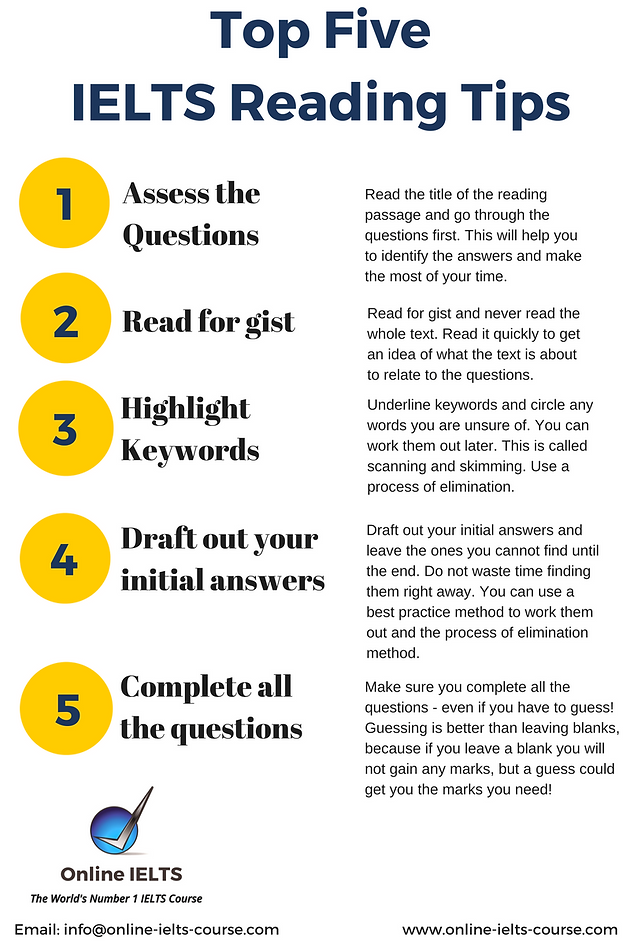
The scores your students achieve on running records, retellings, and comprehension quizzes give you valuable information about their reading behavior and comprehension. Use it to inform your instruction in addition to placing students and monitoring their progress.
Use the chart below along with the other information you learn from the three-part assessment process to determine if students are ready to move up a level.
Scores
| Running Record | Quick Check Comprehension Quiz | Action |
|---|---|---|
| 95% + | 100% | Advance Student a Level |
| 95% + | 80% | Instruct at this Level |
| 95% + | Lower a Level, Assess Again | |
| 90-94% | 80-100% | Instruct at this Level |
| 90-94% | Lower a Level, Assess Again | |
| N/A | Lower a Level, Assess Again |
For Raz-Plus members, results from the printable running records can be entered to display in a student's Reading Rate report in your Kids A-Z management hub.
 That way, you have not only the digital running records and assessment information, but also the results from printable running records—all in one place.
That way, you have not only the digital running records and assessment information, but also the results from printable running records—all in one place.
How Do I Match Learning A-Z Levels to Other Leveling Systems?
For your convenience, Learning A-Z correlates its levels to other leveling systems. If you've already placed students in levels according to another system, please reference the Level Correlation Chart to determine how another system's levels best match Learning A-Z's levels.
The correlations are not official levels assigned by the other leveling systems, but rather an approximate correlation based on a comparison of attributes in books assigned official levels by both the other leveling system and Learning A-Z.
How To Determine Your Child’s Reading Level And Choose The Best Books
When you sit down to read a book, you want to enjoy the story in front of you. The same is true for your child. That’s why uncovering your child’s reading level is an important step in fostering their love of words from a young age!
Consider the different factors that allow kids to enjoy the books they read.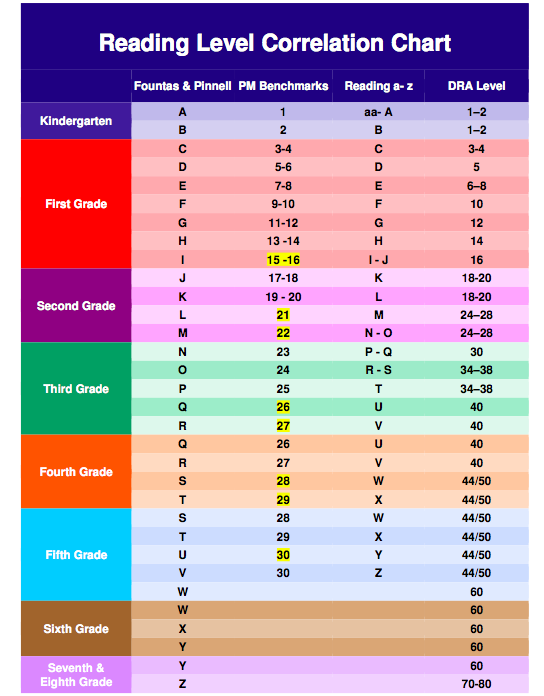 For example, does it tie into their interests, and is it slated as an appropriate option for their level? By answering these questions, you can make sure they’re reading books that are just right for them!
For example, does it tie into their interests, and is it slated as an appropriate option for their level? By answering these questions, you can make sure they’re reading books that are just right for them!
If your child is in school, you’re probably no stranger to jargon like “reading level.” But what exactly does Lexile Framework, Guided Reading Levels (GRL), or Developmental Reading Assessment (DRA) actually mean?
Additionally, if your child is just starting to read on their own (or already reading independently) and is learning from home, how can you figure out what reading level is right for them? If any of these thoughts have crossed your mind, you’ve come to the right place.
We’re here to answer your questions so you and your child can sit down and enjoy a good book together!
What Is A Reading Level?
A reading level is simply a measure of your child’s ability to read text. It reflects how well your little one can read independently. Importantly, reading levels help you choose books that are a good match for your child while still presenting a challenge.
Keep in mind these levels are meant to be helpful, not stressful. They don’t limit your child, but, rather, help them blossom into a fluent, excited reader.
When your child reads books that are appropriate for their current reading level, it boosts their confidence so they can truly enjoy reading! Also, knowing what level your child is at allows you to work with them to improve their skills.
That being said, it’s important to remember that children are unique and develop differently. Comparing your child to their peers isn’t necessarily the best approach when trying to assess their reading ability.
Why Is Determining Reading Level Important?
It’s helpful to determine your child’s reading level so you can find books that are appropriate for them to read on their own: not too difficult but challenging enough to encourage growth.
Reading level classification is a convenient tool you can use when searching online or at the library. And when you provide books that are on your child’s level, you create excitement and build their confidence, which can lead to a lifetime love of learning and reading!
If you’re looking for ways to help your little one read at the best level for them, Our new app HOMER Learn & Grow has a Stories section that gives age-appropriate story recommendations!
This is a great resource that takes your child’s specific interests and recommends stories just for them.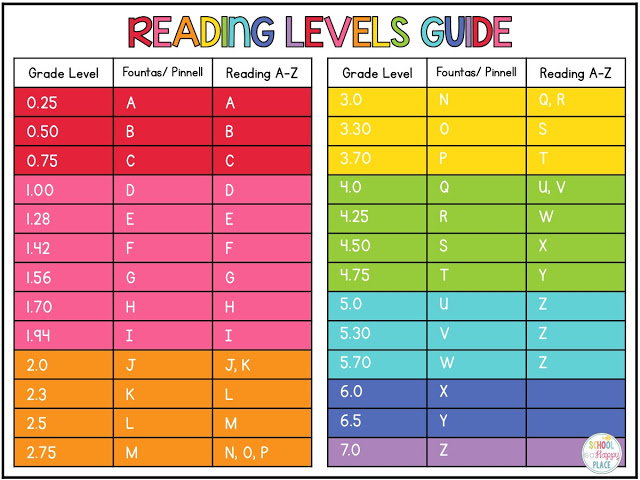 What’s more, your child can choose to read along or read on their own.
What’s more, your child can choose to read along or read on their own.
How Is Your Child’s Reading Level Measured?
Your child’s reading level is usually measured at their school in first or second grade, and we’ll show you how that’s done. Here’s a tip: since your child’s teacher knows their reading level, consider asking the teacher (or the school librarian) for books your child can read at home.
Don’t worry if your child isn’t in school yet or if they’re homeschooled. We’ll show you how you can measure their reading level at home, too!
Before we dive in, it’s important to note that we think of books for kids at three levels: independent reading, instructional reading, and frustrating to read.
As the names indicate, independent reading books are ones a child can read with ease and without support from an adult.
Instructional ones are the books just above independent that teachers might use to stretch a child’s reading as they offer support while the child makes that next step.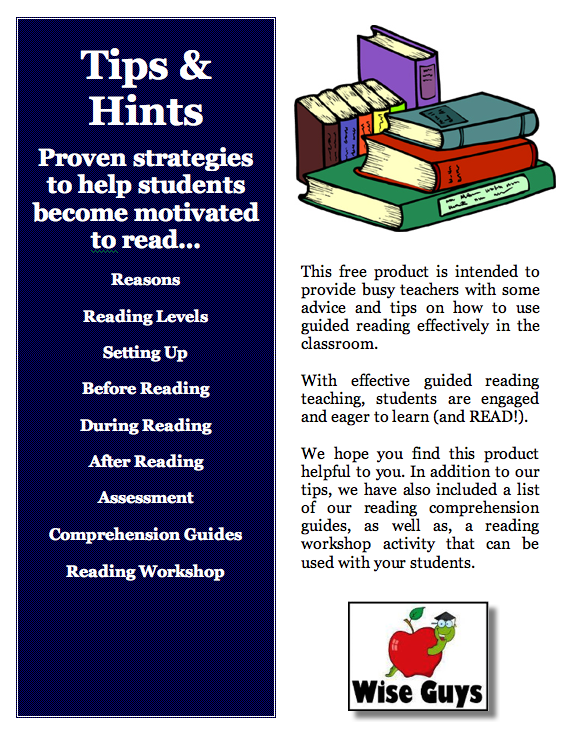 Finally, frustrating books are too hard for a child to read even with adult guidance.
Finally, frustrating books are too hard for a child to read even with adult guidance.
Now that you have an idea of how to think of the different books your child might encounter, let’s talk about the tools used for determining or describing reading levels.
Lexile Framework For Reading
Lexile Framework For Reading is an educational tool that ranks books by order of their difficulty using a scale called a Lexile. Usually, your child’s teacher will determine their Lexile reading level and then choose books that have a matching score.
The Lexile score, or measure, describes your child’s reading ability and matches them with books and other reading materials. This measure ranges anywhere from 0L to 2000L.
Kids are encouraged to read within their Lexile “range” — 50L above to 100L below their actual level. For instance, if your little one is reading with a Lexile measure of 500L, they would read books ranging anywhere from 400L to 550L.
Using standardized assessments, schools will often measure a child’s reading level several times a year to help them select books that are appropriate for independent reading.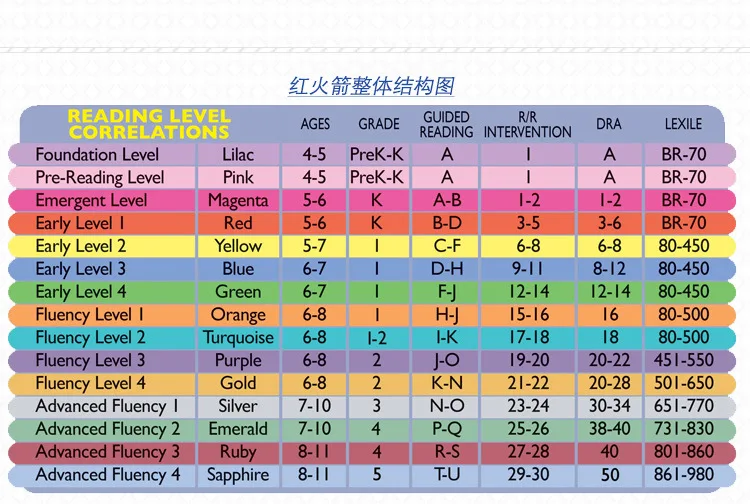
Guided Reading Levels (GRL)
GRL is a guided reading system used in some schools.
To determine reading levels using GRL, children sit one-on-one with their teacher and read from a book that’s considered standard for their grade level — a “benchmark” book. GRL books range from A to Z with A being the easiest.
While reading these books, the teacher will take notes on any missed words and ask comprehension questions, such as, “When did the story take place?” or, “What was the problem in the story?”.
Through guided instruction, the teacher will gradually move children into more difficult books.
Developmental Reading Assessment (DRA)
DRA is a standardized reading test given by teachers or reading specialists. As with GRL, children sit individually with the test administrator and read a book.
Several factors are taken into consideration to determine reading level, including:
- Reading comprehension
- Phonemic awareness
- Fluency
DRA books are labeled with an A for the easiest books and then move into a numerical grading system.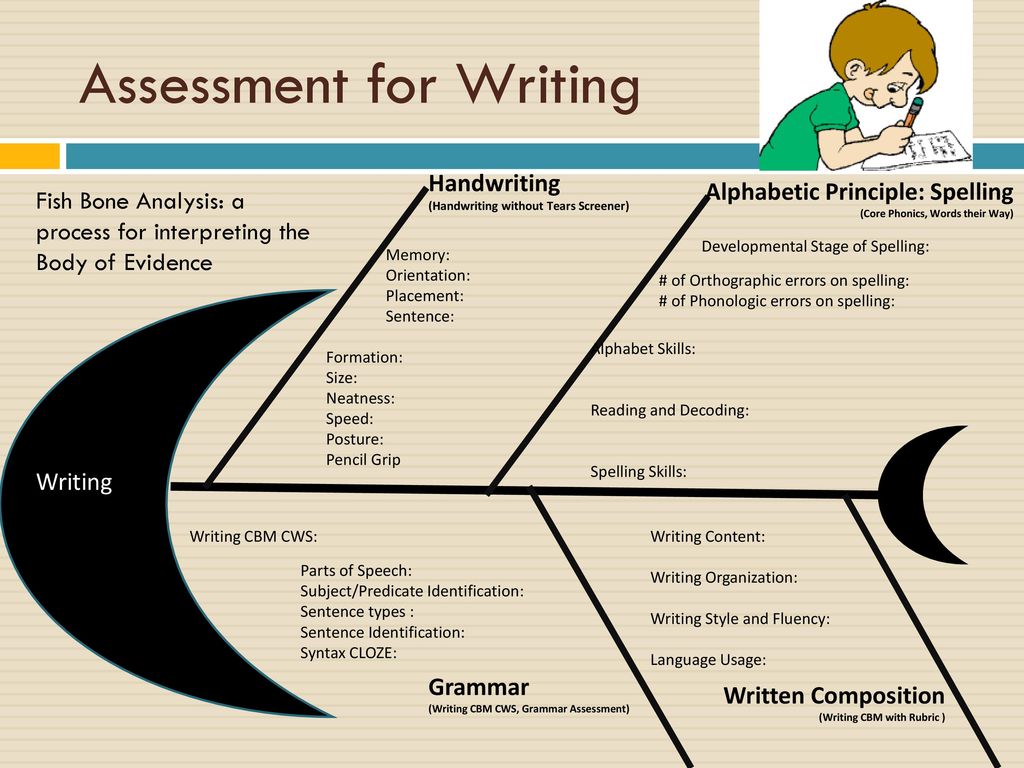 The levels range from 1 to 80 with 1-3 representing a kindergarten reading level and 80 representing an eighth-grade reading level.
The levels range from 1 to 80 with 1-3 representing a kindergarten reading level and 80 representing an eighth-grade reading level.
Once a child has a DRA or a GRL level, a teacher or parent can search for the reading level of any particular book and can usually discover either the Lexile, DRA, or GRL of that particular text. Here’s a chart for your reference.
At-Home Reading Levels
If you’re looking for a way to find out your child’s reading level without using any of the methods listed above, you might try the five-finger rule.
For the five-finger rule, choose a book and flip to any page. If your child seems to have trouble reading more than five words on the page, it’s a good indicator that the book is too advanced for them.
To be sure, though, you can have your child try another page, especially if they seem eager to read a particular book.
This can be a helpful strategy, but it’s OK to let your child try a book and see how the reading goes.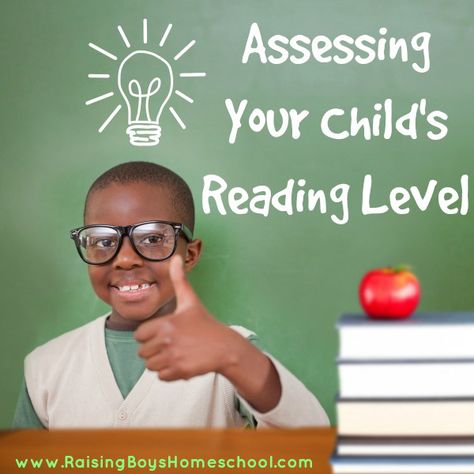 If a book is too hard, most kids will figure that out — and there is nothing wrong with reading books that are too easy!
If a book is too hard, most kids will figure that out — and there is nothing wrong with reading books that are too easy!
Sometimes a child may be interested in a book that’s a little too hard for them. If this happens, we encourage you to read aloud to your child. You can also read together by alternating pages, paragraphs, or sentences.
It’s important not to completely avoid books that may be a little above your child’s reading level.
Even if your child struggles a bit to read them without assistance, these books can still be beneficial in helping build their vocabulary, improve comprehension, and increase general knowledge — not to mention, encourage their love of reading!
When your emerging reader seems overwhelmed by one book, you can always give the five-finger rule a try with other books until you find the right match. And if your child is particularly interested in a topic, you can always read the book to them and stop on words you know they can read.
Also remember that when a child is really enjoying a book and highly motivated to read it, they will read at a higher level than if the material is not as interesting to them.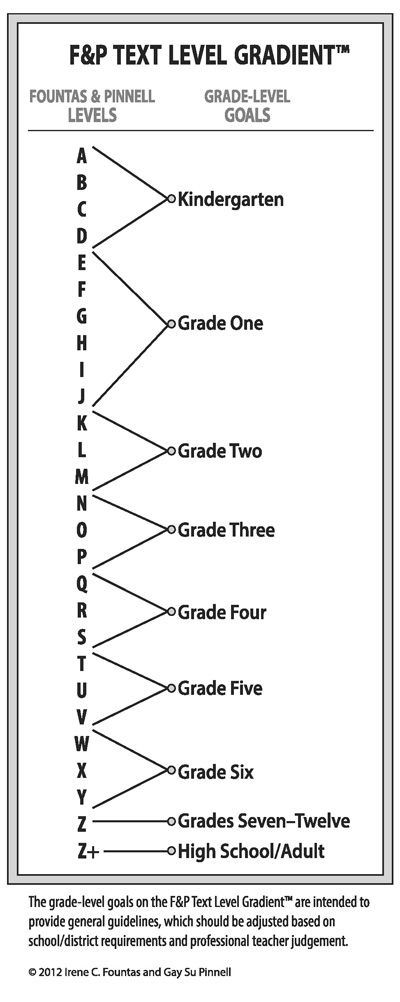
Tip: Most libraries and bookstores have books arranged by reading level so you can easily choose the best one for your emerging reader!
Feel free to ask librarians and knowledgeable staff at bookstores to offer suggestions. You could even say something like, “My child happily read a Clifford book; can you suggest others at the same level?”
How To Help Your Child Become A Stronger Reader
As we mentioned earlier, you can easily determine your child’s reading level at home so that you can help them choose books that are just right! We suggest incorporating some of the tips below to help your child become a stronger reader.
Start With Clues
- Is your child using “sounding out” techniques to figure out unknown words?
- When your child reads, are they getting tripped up by sight words — common words that are hard to sound out?
- Is your child using pictures to help them understand what is written on the page?
- Is your child using context clues to figure out what word makes sense to come next as they read sentences?
Check Vocabulary
- Play games with your child to see what words they know.
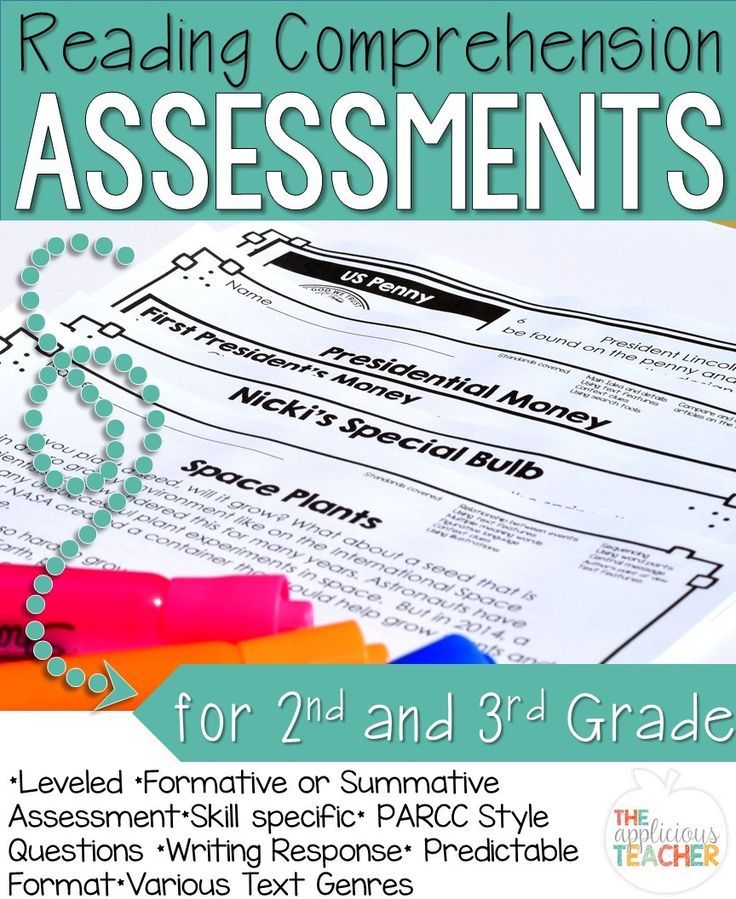 For example, say a sentence and point out one word in the sentence. Then ask them if they can come up with a different word (synonym).
For example, say a sentence and point out one word in the sentence. Then ask them if they can come up with a different word (synonym). - Play synonym games to see what words your child knows. For example, challenge yourselves to think of 10 or more ways to describe speaking (shout, whisper, mumble).
While you’re talking with your child, describe something specific from your day. Make sure to use interesting adjectives, and don’t hold back from using sophisticated vocabulary when talking with your child.
You can help your child’s vocabulary grow through day-to-day conversations and activities!
Ask Comprehension Questions
Understanding what they read is an important part of your child’s reading journey.
- To check for reading comprehension, we suggest pausing every other page to talk about what you’ve just read. Make this a natural reaction to the story, like you’re thinking aloud about the story or characters, so that it doesn’t feel like a test.
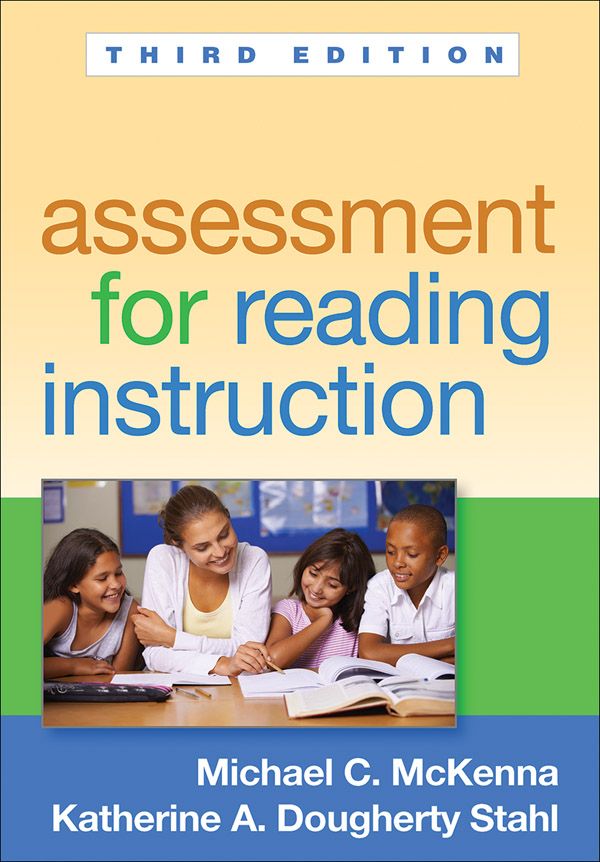
- Consider encouraging your child to act out and retell the story (for younger children).
- Try discussing themes/lessons with your child (for older children). Remember: this isn’t a test, but a conversation between book lovers!
Talk To Your Child
When most people implement strategies to help their children improve their reading skills, they often forget about the importance of verbal communication. It’s essential to talk to your child frequently in short and simple sentences.
This includes singing songs, telling them wonderful stories, reciting fun nursery rhymes, and describing the world around them. All of this exposes children to lots of different words. It also helps them learn that language is a powerful tool for communication.
Discover Your Child’s Favorite Books
- Children often choose books that are a little below their actual reading level. At home, this is a good thing. It keeps reading fun and exciting!
- We recommend choosing books that interest your child — with a certain character or activity they like — so they’re curious and excited about reading.
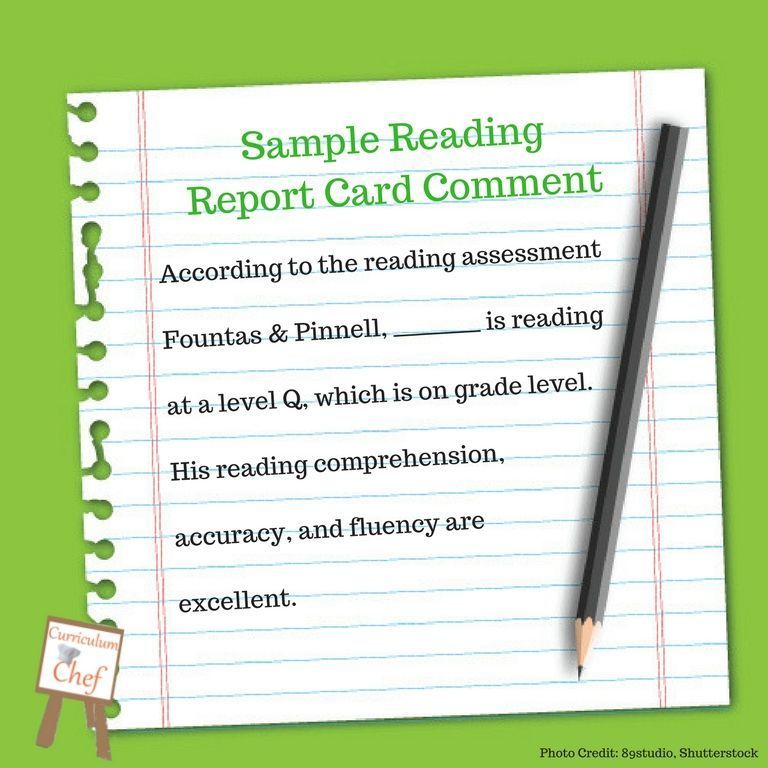
Reading books your child enjoys together can encourage their love of reading. And letting them read those same books to you can boost their confidence over time.
Together, these two activities increase your child’s fluency and reading enjoyment!
Create A Reading Corner
Establishing a reading corner in your house can benefit your child. The setup doesn’t need to be elaborate. This can be a simple, quiet, private area where your child can confidently read independently or with you.
It’s also great for the spot to be well-lit and filled with lots of books your child enjoys reading.
Is Reading The Same Book Over And Over OK?
Just like you might pick up an old favorite book to read, your child may do the same, and that’s OK! At least you know they’re enjoying a good book and the process of reading!
Rereading books can have many benefits for a child, including:
It allows children to get more from the text. Have you ever developed a deeper understanding of a story after rereading it? That’s because the more you engage with a story, the more you can take away from it.
You can pick up on new information, establish connections between yourself and some of the characters, and even improve your understanding of the overall story.
Similarly, allowing your child to read their favorite books for the second, third, fourth (or more) time will enable them to get more from the story.
It also allows for bonding. Did you know that rereading books can help bring your family closer together?
Many of us remember a couple of books that our family read together regularly. This can be a holiday book or a favorite story. Rereading is a great way to get the whole family involved, as everyone can take turns reading and connecting on the same story.
What’s more, reading familiar books can actually help develop a young reader’s fluency. It allows them to learn the words and helps them become familiar with narrative structure or storylines (i.e. beginning, middle, and end), which builds reading comprehension later on.
So feel free to let your child choose the same book over and over!
FAQs About Reading Levels
What Reading Level Should My Child Be In Each Grade?
It’s challenging to answer this question because each child is different and will naturally develop at their own pace. For example, just because your child’s friend has started reading fluently doesn’t mean your child will be able to do that yet.
For example, just because your child’s friend has started reading fluently doesn’t mean your child will be able to do that yet.
While no parent wants their own child to be a little behind compared to their peers, putting too much pressure on them to “catch up” might actually have an adverse effect. In fact, they might feel overwhelmed by the pressure and develop a negative attitude toward reading.
It’s also important to note that there’s no direct link between a certain Lexile measure and a specific grade level. When using any of the reading level measures we mentioned, remember that they are an estimate of a child’s performance and shouldn’t be interpreted literally.
Also, if you’re really concerned about your young learner’s development, you can always address those concerns with their teacher or another professional. They can offer tips and advice on how to best work with your child.
Finally, remember to be patient and positive no matter what. With lots of time and effort, your child will develop a lifetime love of reading!
Who Can Help Me Choose Books That Match My Child’s Reading Level?
The best place to start is to consult your child’s teacher.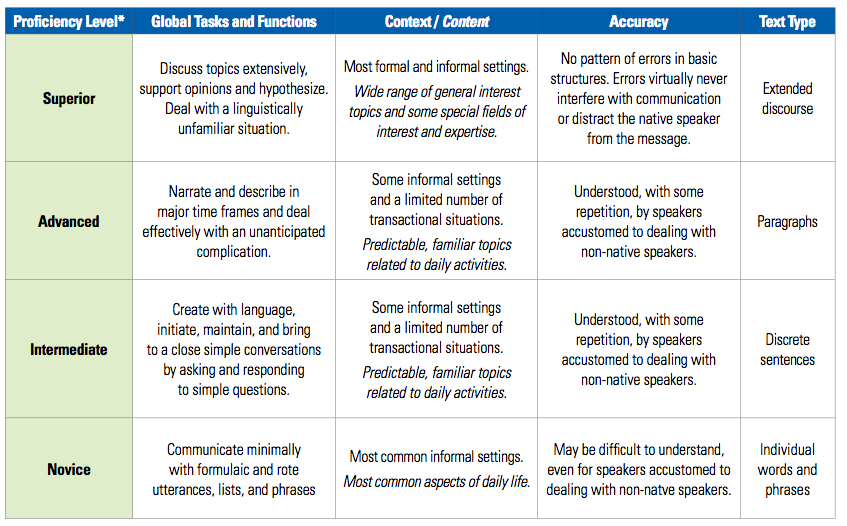 They will have the expertise to guide you in buying the right books for your child.
They will have the expertise to guide you in buying the right books for your child.
It’s also possible for you to look up most books online and find their reading levels. Furthermore, for beginner readers, there are publishers who label books in stages with age and/or grade suggestions attached.
If you’re homeschooling, you can also reach out to your local librarian or bookstores. As people who spend each day surrounded by books, they often have knowledge on this topic and may be able to recommend a few relevant books in your child’s reading level.
What If My Child Is Reading At A Lower Level?
The last thing a parent wants to hear is that their child’s reading level isn’t on par with their peers. But what can you do if, from the assessment used at your child’s school, you find out that your young learner is reading below the average grade level?
Firstly, it’s important not to panic. As mentioned earlier, kids develop reading skills at different stages of their development.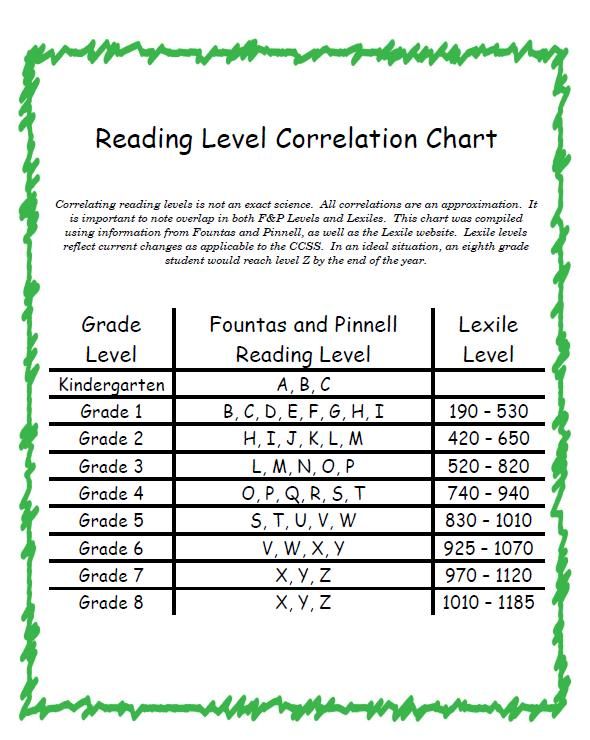 Some children might be early readers, while others may take time to get there.
Some children might be early readers, while others may take time to get there.
The most effective way to help your child improve their reading level is by continuing to encourage reading at home. While reading, remember to discuss the content to ensure comprehension.
Reading For Fun
From assessments to the five-finger rule, determining reading levels varies across the board. No matter which method you choose, remember these measurements are meant to be helpful and encouraging, not stressful and limiting.
Keep this in mind when assessing your young learner. You don’t want your child to sense any stress about their abilities, as this might overwhelm them and have an adverse effect on how they view reading.
While reading is an essential early learning (and lifelong) skill, you want your child to LOVE reading and not only view it as a test of their intelligence.
At the end of the day, the way reading makes your child feel is more important than their reading level. Each child learns in a way that’s special and unique to them.
Each child learns in a way that’s special and unique to them.
The HOMER Road To Reading
The road to discovering how to read can be a fun ride, but sometimes it’s bumpy. This is why we’re more than a learning program. We’re your learning partner.
If you’re looking for a resource to help develop your child’s love of reading and learning, consider taking a look at the HOMER Learn & Grow app. It’s full of stories curated based on your child’s interests!
When your child develops a love for reading, they’ll move up to the next level before you can say “Developmental Reading Assessment”!
Author
Grade (Reading Technique) | Methodical development on the topic:
| Assessment | Ecrid quartes | |||||||
| I quarter | 9000 II | First class | ||||||
| "5" | more than 20 words | more than 40 words | 9000 more than 45 words | |||||
| “4” 40007 | 16–20 words | –40 Words | 9000 36–45 Words 9000 “3” | 10-15 words | 20–25 words | 25–35 Words | ||
| “2”0008 | less than 20 words | less 25 words | Second grade | |||||
| "5" 5 "5" 5 "5" 5 "more than 45 words | More Words | more than 70 words | ||||||
| "4" 4 " | –45 words | 9000-55 words | 9000-65 words | 55–70 Words | ||||
| “3” 3 ” | -34 Words | 9000-39 words | 9000-49 Words | 9000 40–54 Words | ||||
| "2"0007 | ||||||||
| “5” 50007 | more than 70 words | more than 75 words | more than 85 words | more than 90 words | ||||
| 9000 “4” 4,0007 9000 55–70 words | 60–75 Words | 70–85 Words | -90 Words | |||||
| "3" 3 "0008 | 45-59 words | 55–69 words | 9000-74 Words |
| Words | less than 45 Words less than 45 words 9000 | 9000 9000 9000 9000 9000 9000 9000 9000 9000 9000 9000 9000 9000 9000 9000 9000 less than 55 words | less than 60 words |
| Fourth grade | ||||||||
| "5" | 9000 more 90 words | more than 100 words more0007 | more 105–120 words | “3” | -74 Words | 70–84 Words | -94 Words 013 | |
| “2” 2 ” | less than 65 words | less than 70 words | less than 80 words | 9000 6 Words | ||||
Grade 1 Grade 1: Evaluation is not staged, student“ did" or "didn't work".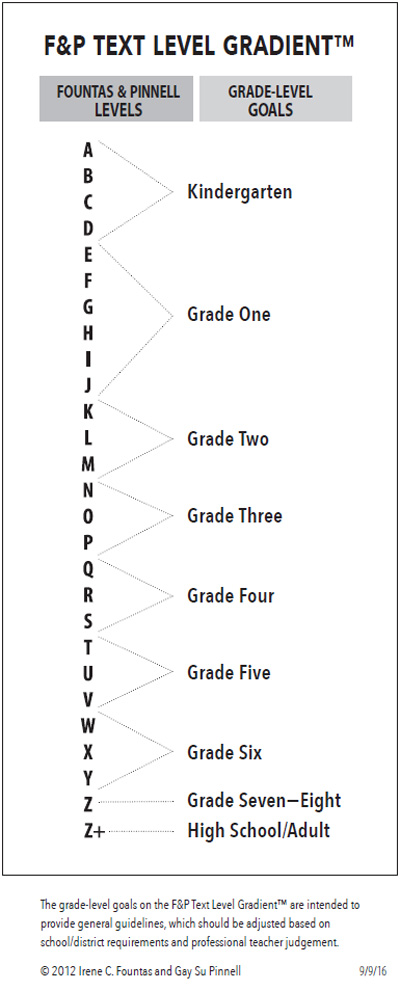
In the first half of the year, the reading technique may not be carried out.
Other reading parameters grades 1-4
Criteria for scoring reading technique:
Reading expressiveness, errors and/or stammering are also taken into account. Sometimes there is a return to re-reading the previous word, this indicates a lack of awareness and is considered a mistake. - reading by syllables or the word in full,
- the presence of errors in reading,
- the number of words per minute,
- expressiveness,
- awareness.
As you can see, the number of words read is not decisive.
That is, parents need to understand that such a thing as reading speed is only one of the criteria for determining the level of reading technique. The method of reading is checked: the child reads by syllables or the word is read by him smoothly, in its entirety. Reading comprehension is necessarily checked, in other words, whether the student understands what he has read or not.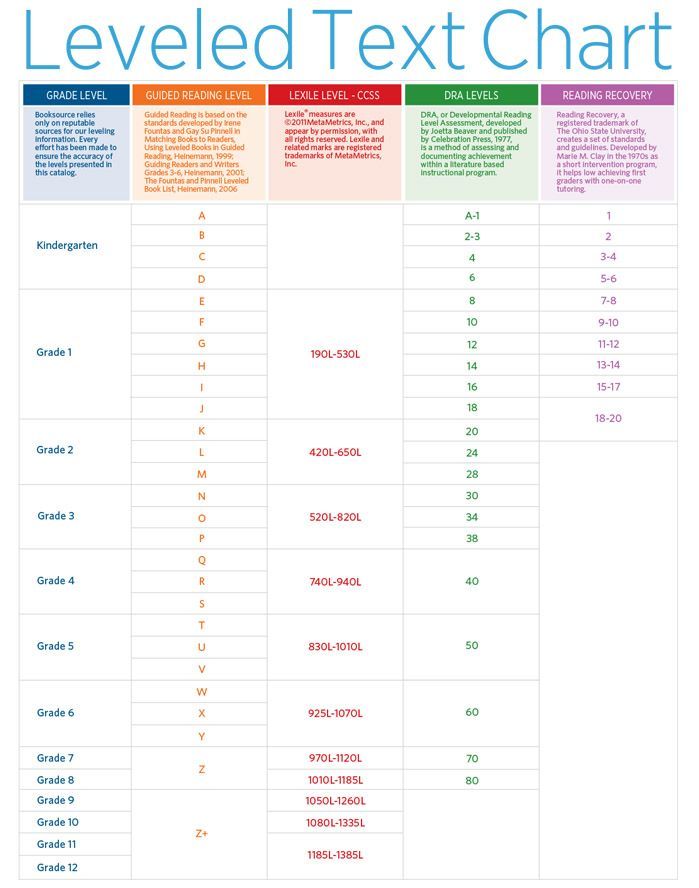 To do this, after reading, a question can be asked about the text, most often “What did you just read about?” and requires a simple answer (detailed retelling is not needed)
To do this, after reading, a question can be asked about the text, most often “What did you just read about?” and requires a simple answer (detailed retelling is not needed)
Reading technique. Norms 1-4 class.
Since many parents stubbornly refuse to understand what is the point of testing reading technique in elementary school (grades 1-4), I give up and publish reading norms. At the same time, I ask you to carefully read not only the quantitative norm of words per minute, but also my explanations both in the table and below it.
Reading speed standards 1-4 grades
→ The number of words may vary slightly depending on the curriculum. Increased rates are given in parentheses.
→ Grade 1: no mark given, the student "did" or "did not do it". In the first half of the year, the reading technique may not be carried out.
| Grade | at the end of the first half of the year | at the end of the second half of the year |
| 1 cl. | at least 10 - 15 (20 - 25) wpm | 2 -> less than 15 (25) wpm in 3 -> 15-19 (25-34) words in 4 -> 20-24 (35-40) words in 5 -> from 25 (41) words |
| 2 cl. | by 2 -> less than 25 (40) words per minute by 3 -> 25-29 (40-48) words by 4 -> 30-34 (49-54) words by 5 -> from 35 ( 55) words | 2 -> less than 40 (50) words per minute 3 -> 40-44 (50-58) words 4 words -> 45-49(59-64) words by 5 -> from 50 (65) words |
| 3 cells | by 2 -> less than 40 (55) words per minute by 3 -> 40-49 (55-64) words by 4 -> 50-59 (65-69) words by 5 -> from 60 (70) ) words | by 2 -> less than 65 (70) words per minute by 3 -> 65-69 (70-79) words by 4 -> 70-74 (80-84) words by 5 -> from 75 (85) ) words |
| 4 class | by 2 -> less than 65 (85) words per minute by 3 -> 65-74 (85-99) words by 4 -> 75-84 (100-114) words by 5 -> from 85 (115) ) words | by 2 -> less than 70 (100) words per minute by 3 -> 70-88 (100-115) words by 4 -> 89-94 (116-124) words by 5 -> from 95 (125) words |
Other reading parameters 1-4 class
| Grade | at the end of the first half of the year | at the end of the second half of the year |
| 1 cl. | Reading is conscious, correct, simple words are read as a word. Words with a complex syllabic structure can be read syllable by syllable. | |
| 2 cl. | Reading consciously, correctly, in whole words. Compliance with logical stresses. Words of a complex syllabic structure can be read syllable by syllable. | Reading consciously, correctly, in whole words. With observance of logical stresses, pauses and intonations. Syllabic reading is undesirable. |
| 3 cells | Reading consciously, correctly, in whole words. With observance of pauses and intonations, through which the student expresses understanding of the meaning of what is being read. | Reading consciously, correctly, in whole words. With observance of pauses and intonations, through which the student expresses understanding of the meaning of what is being read.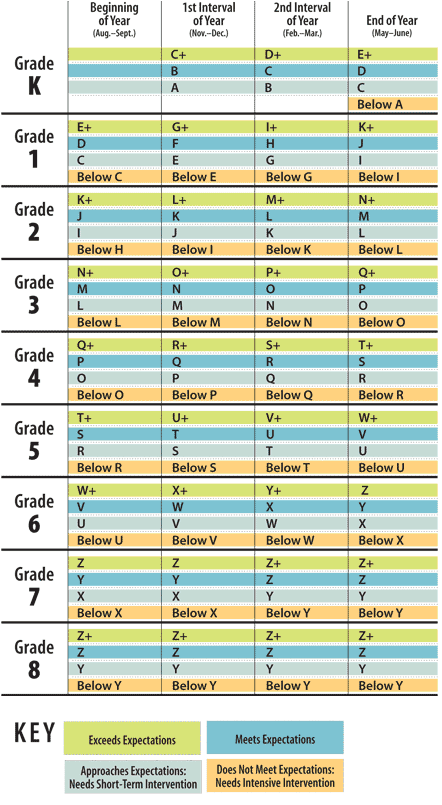 |
| 4 cells | Reading consciously, correctly, in whole words. With observance of pauses and intonations, through which the student expresses an understanding of the meaning of what is read, and his attitude to the content of what is read. | Reading consciously, correctly, in whole words. With observance of pauses and intonations, through which the student expresses an understanding of the meaning of what is read, and his attitude to the content of what is read. |
Criteria when setting an estimate for reading technique:
- reading by syllables or word completely,
- Availability of errors in reading,
- number of words per minute,
- Expressiveness,
- awareness.
can be clicked to enlarge
As you can see, the number of words read is not decisive.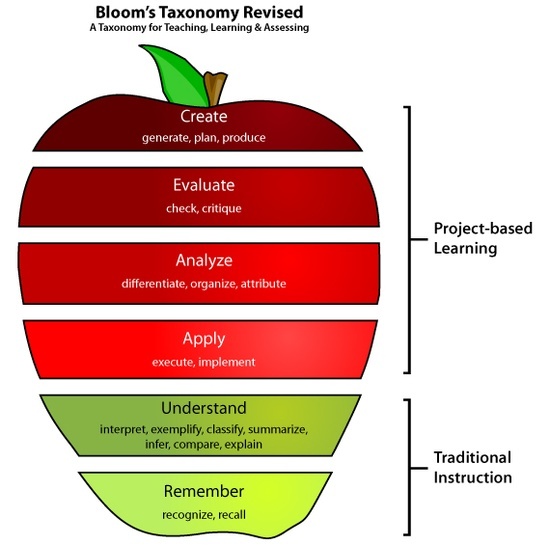
That is, parents need to understand that such a concept as reading speed is only one of the criteria for determining the level of reading technology . way of reading is being checked : the child reads by syllables or the word is read by him smoothly, in its entirety. It is mandatory to check reading comprehension , in other words, whether the student understands what he has read or not. To do this, after reading, a question can be asked about the text, most often “What did you just read about?” and requires a simple answer (a detailed retelling is not needed 😉)
The expressiveness of reading, the presence of errors and / or stammers are also taken into account. Sometimes there is a return to re-reading the previous word, this indicates a lack of awareness and is considered a mistake.
It should also be taken into account that the standards of speed (rate) of reading may differ depending on the educational institution, the requirements for a student of a gymnasium will be higher, for a student of a correctional class - lower.